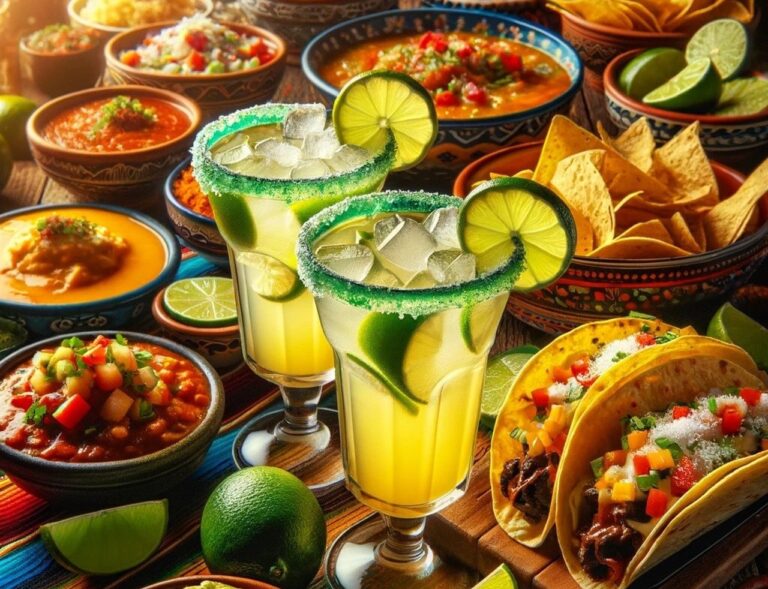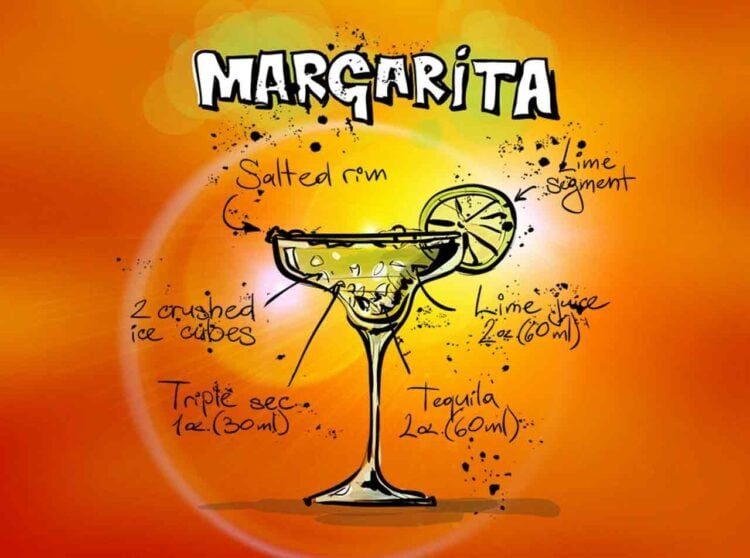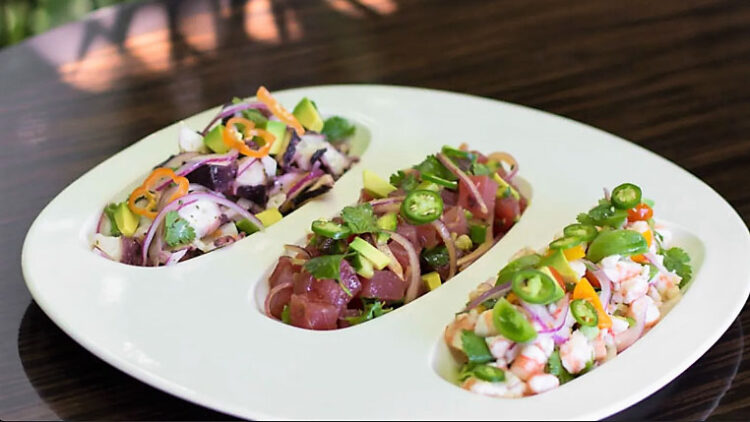The Best Craft Beers to Drink in 2024
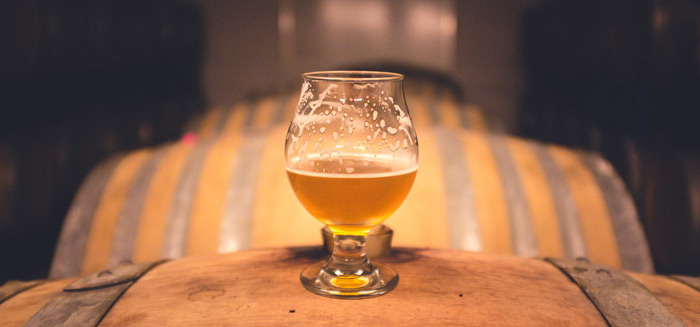
The Best-Tasting Microbrews To Drink
While there is some debate as to the exact definition of “craft beer,” the simplest description is beer that isn’t brewed by one of the major “mega-brewery” companies. Rather, it’s beer that comes from small, independent and traditional brewers.
Today’s American craft beer resurgence means more opportunities than ever to enjoy handmade ales and lagers from some of the nation’s best microbreweries. As of January 2017, the number of total craft breweries in the United States reached more than 5,301 — a far cry from the 298 breweries of 1990. The trend is on the upswing internationally as well, with thousands of new breweries offering their own take on classic beer styles.
While it’s daunting to narrow down any list of great microbrews, GAYOT has taste-tested near countless samples to compile this list of the Best Craft Beers. Yes, it’s a tough job, but somebody has to do it. And if your thirst for a cold one is anything like ours, you’ll also want to check out our list of the Best Sipping Beers and our complete guide to beer.
> The selections are presented in alphabetical order.
1. Andechser Doppelbock Dunkel
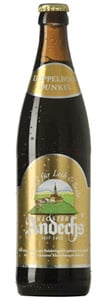
Origin: Andechs, Germany
Beer type: Malt
Price: $4 for 500 ml
ABV: 7.1%
Brewed by: Klosterbrauerei Andechs
One of the most highly regarded beers in the world, this double bock is brewed by Benedictine monks at the Kloster Andechs Benedictine monastery in Bavaria.
The brewery follows Reinheitsgebot (German Beer Purity Law), using only barley, water, hops and yeast. It pours a deep brown color with a reddish tint and long-lasting creamy copper head, and wafts aromas of caramel and malt. A full-bodied, robust flavor is highlighted by malty sweetness and cocoa, with dates and figs in the background. After sipping, a finish of chocolate pleasantly lingers for several seconds. This finely crafted beer is a prime example of the Benedictine brewing tradition that has endured at Klosterbrauerei Andechs since 1455.
2. Brasserie Saint James Red Headed Stranger
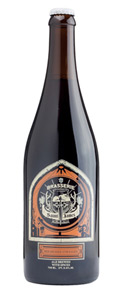
Origin: Reno, NV, U.S.A.
Beer type: Saison
Price: $13 for 750 ml
ABV: 6.6%
Brewed by: Brasserie Saint James
The Reno-based Brasserie Saint James was founded in 2012 and quickly distinguished itself through its lineup of world-class beers.
The brewery showcases a slant towards Belgian-style beers, and its farmhouse-forward creations compare favorably with their counterparts across the Atlantic. This red saison is crafted with Brasserie Saint James’ signature Belgian yeast strain and has additions of coriander, orange peel, grains of paradise, a blend of green and black peppercorn, and water from an artesian well located 285 feet below the brewhouse. The mix of ingredients results in a beer that is a cross between a red ale and a saison, with a dark ruby appearance, aromas of spice, noticeable malt and a dry peppery finish that’s both refreshing and complex. The Red Headed Stranger won a gold medal at the 2013 U.S. Beer Championships and took home silver at the 2015 Best of Craft Beer Awards.
3. Collesi Rossa
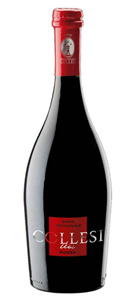
Origin: Apecchio, Italy
Beer type: Belgian Strong Dark Ale
Price: $13.99 for 500 ml
ABV: 8%
Brewed by: Collesi
Italy, a country known more for drinks made with grapes than barley, is experiencing a craft beer renaissance similar to the one America had in the 1990s.
This brew hails from the Collesi family estate in the small medieval village of Apecchio in central Italy. The local spring water used in the beer is so pristine that it requires no treatment whatsoever. Rossa — Italian for “red” — is named for its dark mahogany appearance with reddish hues when held up to the light. Like beers made in Germany, only four ingredients are used: water, barley, hops and yeast. The ale is refermented in the bottle in a process borrowed from Belgian brewers. The yeast imparts aromas of spice and adds complex flavors of hazelnut, cherry and dried fruit. Nature lovers will also appreciate the Collesi family’s eco-friendly efforts — the brewery is emission-free, creates its own steam power and uses 100-percent recyclable kegs.
4. Hangar 24 Essence

Origin: Redlands, CA, U.S.A.
Beer type: IPA
Price: $8.99 for 22 oz.
ABV: 8.5%
Brewed by: Hangar 24 Craft Brewery
Named in honor of the aircraft hangar where founder Ben Cook and his buddies would sample his beers after flying, Hangar 24 Brewery has distinguished itself for its use of locally sourced ingredients.
In the case of this copper-hued West Coast IPA, the recipe includes navel oranges, blood oranges and grapefruit, all of which are grown in Hangar 24’s hometown of Redlands, California. Grapefruit is most prevalent in the aroma and citrus takes center stage in the flavor, which is further enhanced by Cascade and Zythos hops. While the orange blast is intense, it’s also quite refreshing on a hot summer day. This beer debuted in June 2015 and was the brewery’s third release in its Local Fields Series. Other Hangar 24 brews spotlighting California-grown fruit include its newly released Polycot, a wheat beer brewed with fresh apricots; and its flagship Orange Wheat, made with locally grown oranges.
5. Maui Brewing Company Pineapple Mana
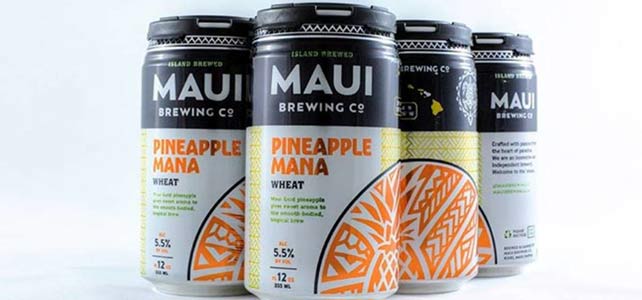
Origin: Kihei, HI, U.S.A.
Beer type: American Pale Wheat Ale
Price: $11 for six-pack of 12 oz
ABV: 5.5%
Brewed by: Maui Brewing Co.
This is a light, crisp and easy-drinking beer that conjures images of relaxing amid a tropical breeze.
It’s fitting that Maui Brewing Company has chosen to infuse the agriculture of the islands in its brews. In this case, that means pineapple from the Maui Gold Pineapple Company that is grown on the slopes of Haleakala. This wheat ale pours a light golden hue and solid white head joined by a noticeable aroma of the namesake tropical fruit. The flavor mirrors the aroma and while slightly sweet, it’s not over the top, with the fruit taste more prevalent after swallowing. In addition to the pineapple notes, expect a breadiness thanks to the wheat in the malt bill.
6. Mother Earth Cali Creamin’
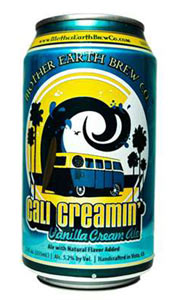
Origin: Vista, CA, U.S.A.
Beer type: Cream Ale
Price: $10 for six-pack 12 oz.
ABV: 5.2%
Brewed by: Mother Earth Brew Co.
Founded in 2008, the Mother Earth Brewery has grown from a modest garage to a 70,000 square foot production brewery.
Mother Earth Cali Creamin’ is the brand’s flagship beer that delivers big on nostalgia. A mix of flaked corn, pale two-row barley, honey malt, flaked oats and Madagascar vanilla bean, the ingredients work together towards a malty backbone and smooth creaminess reminiscent of a cream soda you may have enjoyed in younger years. Lightly hopped and registering at only 20 IBUs, the subtle bitterness is just enough to balance the sweetness. It finishes with a clean, dry aftertaste that will make you want more. Consider this a unique grown-up glass of childhood.
7. Ninkasi Dawn of the Red

Origin: Eugene, OR, U.S.A.
Beer type: IPA, Red Ale
Price: $11 for six-pack 12 oz.
ABV: 7%
Brewed by: Ninkasi Brewing Company
This toasted malty backbone appeals to those who like a more balanced hoppy brew.
Originally released as a part of Ninkasi’s Rare & Delicious experimental small-batch series, this India Red Ale was added to the brewery’s stable of year-round beers after proving to be enormously popular. The name and label is a play on the cult classic zombie movie, “Dawn of the Dead,” a favorite film of Ninkasi art director, Tony Figoli. The India Red Ale style is similar to IPA, but is slightly darker and features a touch of caramel malt. The hops contribute aromas of mango and pineapple along with flavors of papaya. The toasted malty backbone appeals to those who like a more balanced hoppy brew.
8. Squatters Outer Darkness
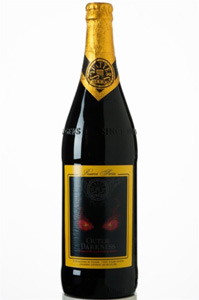
Origin: Salt Lake City, UT, U.S.A.
Beer type: Stout, Malt
Price: $11 for 750 ml
ABV: 10.5%
Brewed by: Squatters Pub Brewery
Outer Darkness is Squatters Pub Brewery’s biggest beer, and its black label with two fiery red eyes hints at what’s lurking inside.
This stout is well named, for it pours a jet-black hue with a dark brown head that allows no light to shine through. The wort is boiled for 3.5 hours to attain a rich caramelization that gives it an explosion of malty chocolate and sweet fig notes. The final pieces of the flavor puzzle are molasses and licorice root, which are added at the end of the boil. Your enjoyment isn’t over after sipping, for a tingly and slightly bitter aftertaste with hints of licorice and coffee endures. Anyone who still believes that beers made in Utah are wimpy needs to take just one sip of this imperial stout to discover the truth.
9. Utah Sage Saison
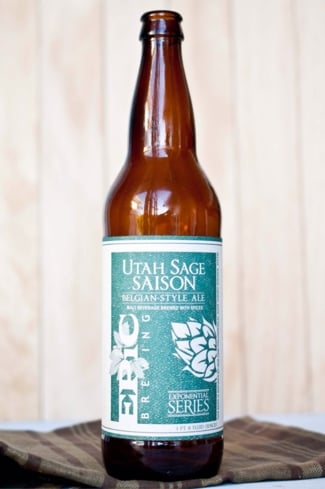
Origin: Salt Lake City, UT, U.S.A.
Beer type: Saison, Wheat
Price: $8 for 22 oz.
ABV: 7%
Brewed by: Epic Brewing
Part of the Epic Brewing Exponential Series that began in 2011 and is now in its 35th rendition.
The main ingredients in this Belgian-style farmhouse ale remain the same but the ABV and hops vary slightly from batch to batch. What doesn’t change are the malt bill of Pilsner, Maris Otter, two-row barley, rye, wheat, barley flakes, sage, rosemary and thyme. The spices — added in the final minutes of the boil — bring a powerful herbal bite while Belgian saison yeast contributes a spicy and subtly tart edginess. A lingering aftertaste of sage and rosemary allows you to enjoy this brew long after you’ve imbibed.
Note: Although today sage is not commonly used as an ingredient in beer, hundreds of years ago its use was the norm.
10. Vicaris Tripel-Gueuze
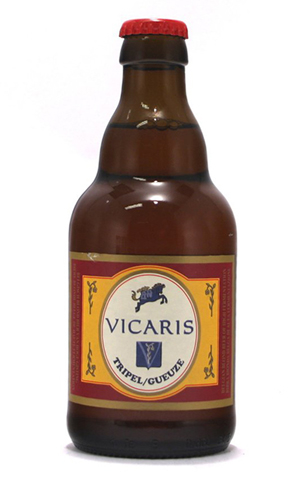
Origin: Dendermonde, Belgium
Beer type: Sour
Price: $17 for 750 ml
ABV: 7%
Brewed by: Brouwerij Dilewyns
This complex brew will satisfy those who appreciate sour beers that are restrained and balanced.
After winning a local homebrew contest, founder Vincent Dilewyns and his daughters, Anne-Cathérine and Claire Dilewyns, opened their namesake brewery in 2011. This ale is a blend of two unique styles: a rich, sweet tripel and an extremely tart gueuze. The resulting mixture is the best of both styles, with a lemony lambic aroma, flavors of acidic sourness tempered by fruity sweetness and an extremely dry finish that is typical of a gueuze. This complex brew will satisfy those who appreciate sour beers that are restrained and balanced.

